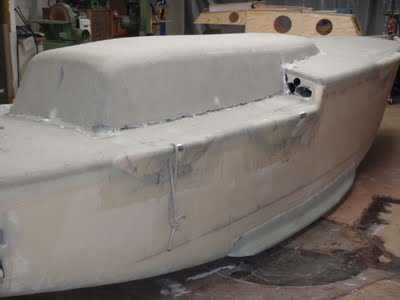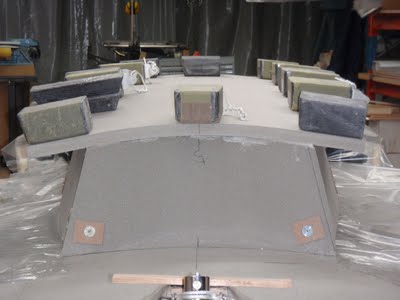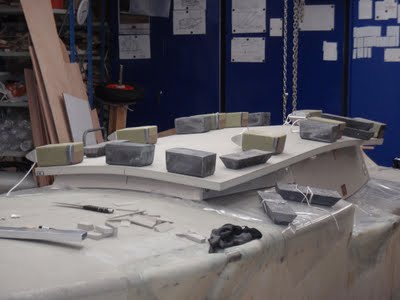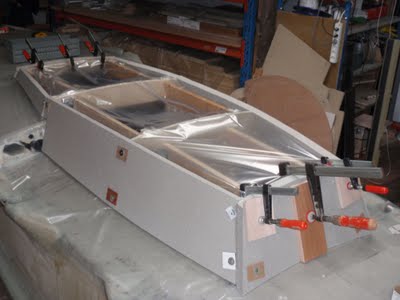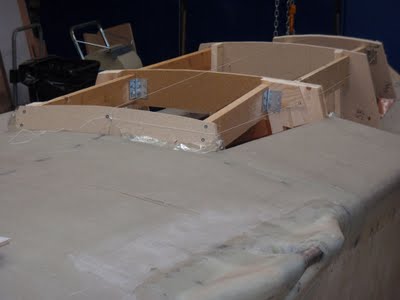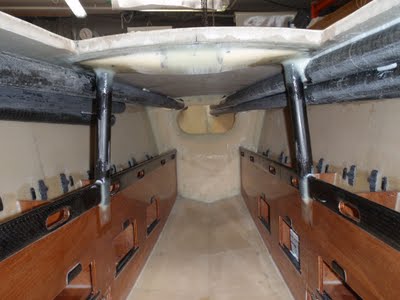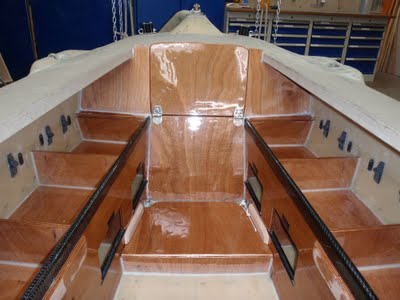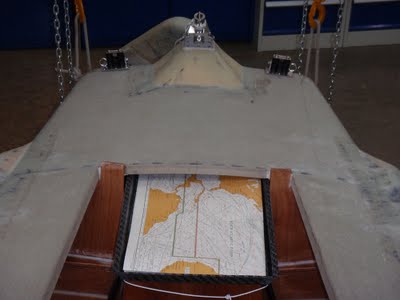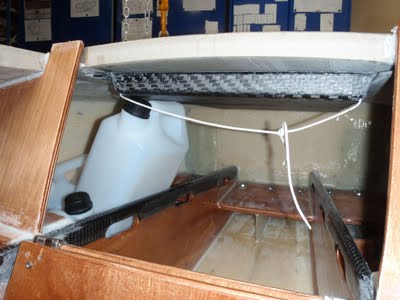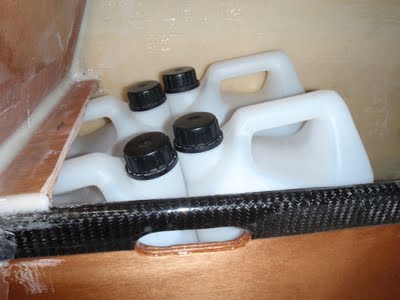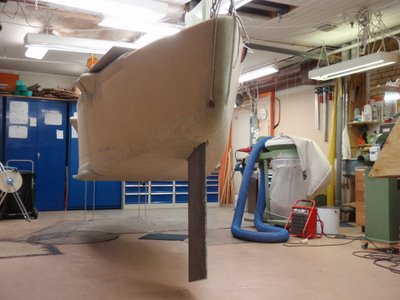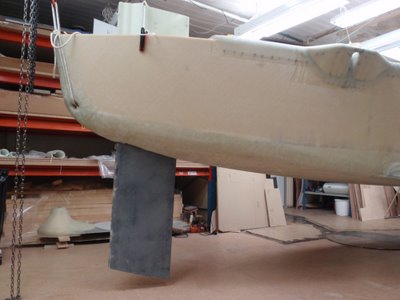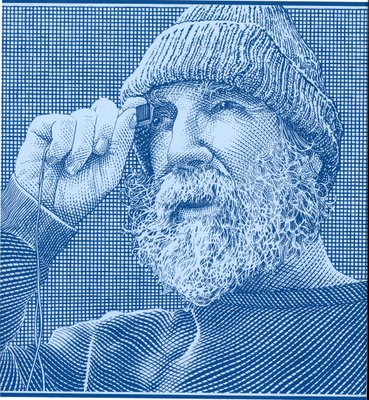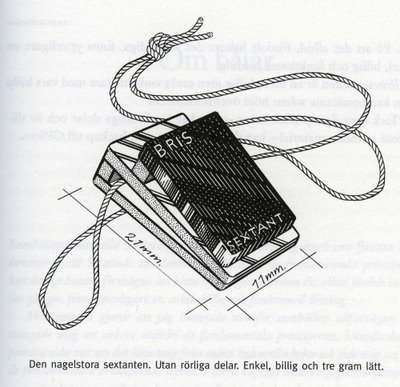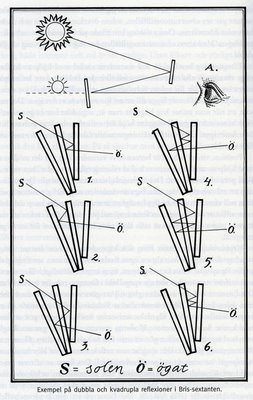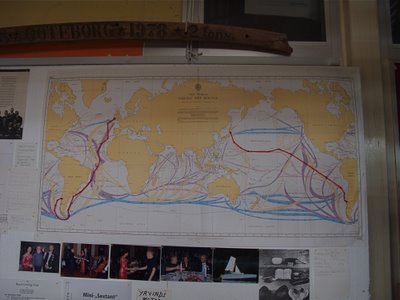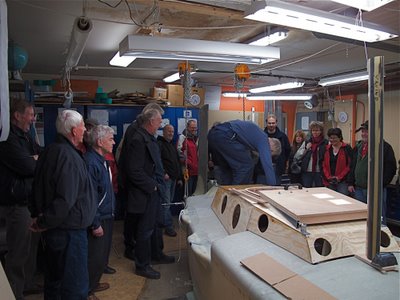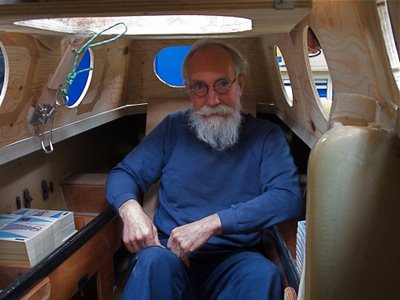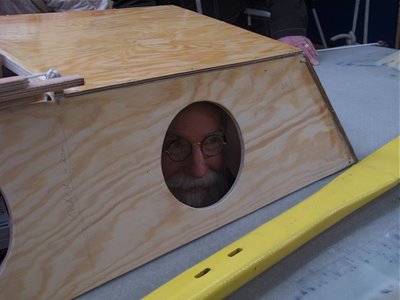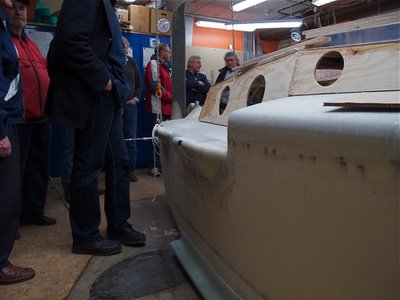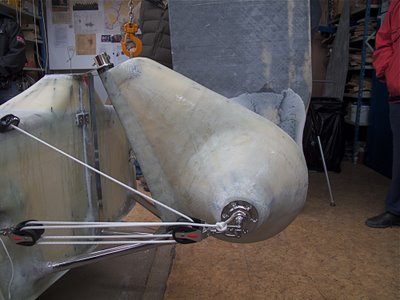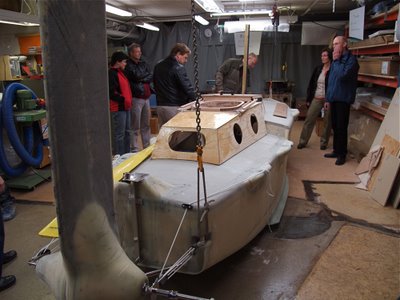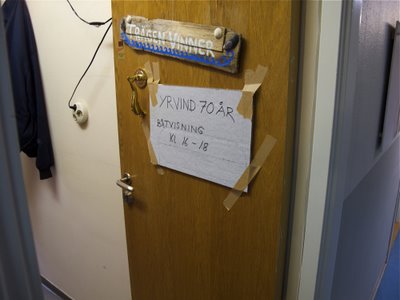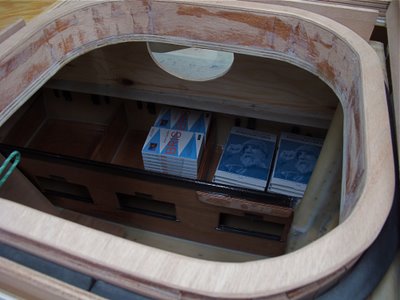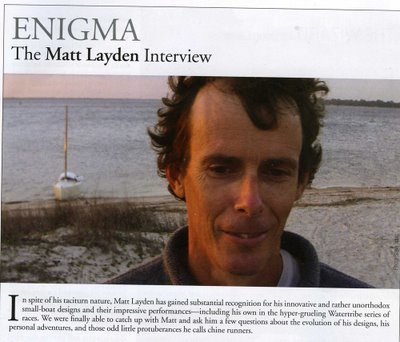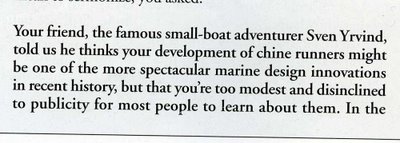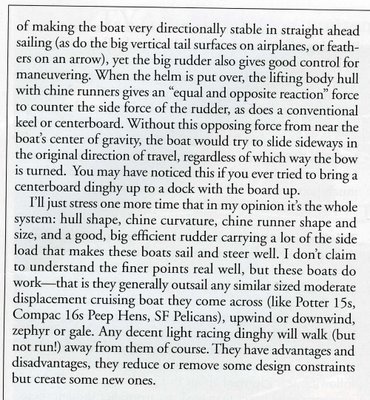A WORLD SPEED RECORD
Bamboo can grow 121cm 47,6 inches in a 24 hour period with one hour burst of speed more than one meter. That is a world record and impressively fast. But my my boat will be much faster. She may average 3 knots or 133344 meter in 24 hour. But that is slow compared to a airplane which crosses oceans i a few hours. However the sense of speed of bamboo growth or my boats speed is big and that is one of the reasons why it is not boring to spend months at sea in her.
FREQUENTLY ASKED QUESTIONS WHY A SMALL BOAT
Body and mind is one.
A small boat gives a healthy body.
A healthy body gives a healthy mind.
A big boat gives comfort, but comfort makes you fat and bored.
WHEN WILL IT BE READY? THIS IS THE MOST FREQUENTLY ASKED QUESTION.
Good work is the determining variable not time. I like doing good work. I dislike haste. Therefore when not proud of what I have done I redo it until I am satisfied. Dogged does it, and one day the boat will be ready, but when I do not know and to me it is not important because I do enjoy building her.
MAST SUPPORT
Publishing problems
By Beppe Backlund Webmaster
Yrvind.com is powered by the well known blog hosting service Blogger, owned by Google. Each part of the site are one separate blog. When Sven is publishing posts, he log into Blogger and make his writing with the tools provided by Blogger. Blogger then transfer the results (via FTP) to yrvind.com located at an webhosting service in Sweden. From day one of this websites life and until the beginning of august ( over a year) this arrangement worked just fine. Now everything is a mess. Sven is unable to properly upload images and publish posts. This situation is frustrating since Sven have a lot of work done on his boat and he want to be able to inform all of you out there.
It’s also frustrating for me as a webmaster. Because i can’t do anything about it. Just sit and wait and hope the people at Google fix the problem. One good thing is – we are not alone. There are many people round the world experience the same problems. Please feel free and click this link leading to The Blogger Help Forum http://www.google.com/support/forum/p/blogger/thread?tid=3ec5d1e5f9f66b5d&hl=en Make your voice heard and write some lines and tell them you have been waiting so long to read more about Sven and his interesting boat project.
UNDER AFT DECK
If at once it does not work try again. The blogger gives trouble, when I am inserting pictures. However by repeating the insert many times finally they are accepted, so here are some pictures of resent work in the aft part of the boat.
Below is the seat and half a waterproof bulkhead which serves as backrest. Behind it and and below the aft deck is the chart stowage.
The chart drawer.
Below it on each side is my water stowage. It is a close fit, but it works thanks to the elasticity of the polyethylene canisters.
Here they are in place. At sea they are tied down with ropes.
ON THE IMPORTANCE OF BOWBOARDS
The above and below pictures shows the first steps in installing the bowboard.
Matts chinerunners and my big rudder will supply leeway prevention under normal conditions. But as I am trying to do a 50 south to 50 south westward Cape Horn rounding I will surely encounter conditions not always normal. To cope with the expected westerly hurricane force winds I am equipping YRVIND.COM with a big bowboard. Average keel area to sail area in modern fin keel production boats are 3.5 % with a spread of 0,75 %. Accordingly not many boats have more than 4.25 % keel area compared to their sail area. The area of my bowboard exceeds that many times. With a span of 0.78 meter and a chord of 0.40 meter her area is 0.312 square meter. YRVINDS working sail area is about 3 square meter in a fresh breeze. This gives her bowboard an area of more than 10 % compared to her sail area. That is roughly three times as much as on a production boat, not counting contributions from her lifting body hull, big rudder and chinerunners. Most likely no other boat has ever had so much lateral area compared to its sail area or wind resistance. The main reason for the bowboard is that it will act as a pivot point in heavy weather. It will let the boat weathercock as it is forward of the sail area and resistance. That is a much better way to avoid being driven back by storms than using see anchors. 1989 sailing from France to Newfoundland in my 15 foot Bris I encountered a series of gales lasting eleven days. When the clouds parted and I could get a few altitudes of the sun with my sextant I found to my joy that I had gained westing. Bris had a bowboard. It was it that weathercocked the boat so that she was not driven back. Yrvind have a bigger bowboard and less wind resistance thanks to her lower and narrower hull and her wing mast. With the bowboard down one can lay very close to the wind with a very small sail area. The boat is slowly and compared to other methods comfortable forereaching. Because she is so close to the wind she is taking the waves nearly head on and not much water is coming on her deck. Also unlike with a sea anchor one is able to maneuver, to get out of the way of a ship not under command.
BRIS-SEXTANT FOR SALE
BELOW ME WITH MY SEXTANT
THE DIMENSIONS OF MY SEXTANT
THE DOUBLE AND QUADRUPLE REFLECTIONS IN MY SEXTANT
WHEN THE SEXTANT IS ATTACHED TO MY GLASSES I GET AN ABSOLUTELY STEADY VIEW AND BOTH HANDS FREE AS THE BRIS-SEXTANT NEEDS NO ADJUSTMENTS
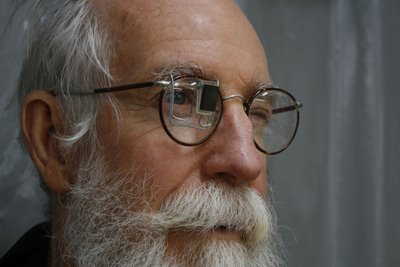
PHOTO JONAS EKBLAD
VIEW FROM THE SIDE
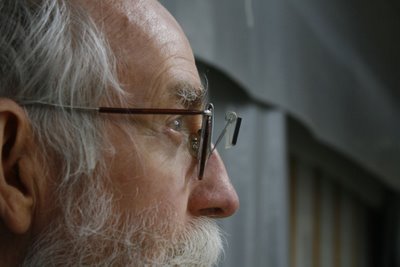
PHOTO JONAS EKBLAD
BRIS-SEXTANTS FOR SALE
1997 I produced a small altitude measurement instrument as a back up to my sextant. I soon realised that other sailors also could use it and that it can serve as a pedagogical toy for those interested in astro-navigation and that it makes a nice birthday gift. When the international yachting press published articles about my invention Cassen and Plath in Germany and Celestair in the USA started to sell them for me, but commercial production was boring so I only made a few before going back to mess around with my boats.
That is now many years ago. Today I need money to help finance my present project; therefore I will sell a limited number to private citizens. If you are one of those individuals who like to own, or give away, a unique BRIS-SEXTANT, please phone me, Swedish time 2000 to 2200 at +46 490 21530.
Here are some salient facts about my instrument.
It is smaller than most people’s thumbnails. Its weight is 3 grams or less than one eight of an ounce.
The common sextant consists of many parts, some moving; it is complicated and delicate and has a very accurate analogue scale. The BRIS-SEXTANT has no moving parts and no scale. It consists of carefully dimensioned spacers and a number of beam splitters, glued together to a unit with a specially formulated epoxy.
When a ray from the sun is double and quadruple-reflected between three beam splitters, three bright and five less bright images of the sun appears on the horizon as seen through the instrument.
I have built BRIS-SEXTANTS with higher number of beam splitters, they increase the numbers of the images in a combinatorial way. It is a fascinating exercise, but personally I prefer the three beam splitter sextant for its simplicity in looks and image pattern.
To find ones position at sea, in a small rocking boat, with the help of the sun, its altitude above the horizon has to be measured, from the top of a wave and during that limited time when the boat balances on the top of a wave. The measured error should, preferable, be not more than a minute of a degree. The BRIS-SEXTANT makes that possible by keeping the image of the sun steady on the horizon however much the boats rocks.
This amazing, inbuilt, freedom from change and variation is due to, that the images of the sun is always created by an even number of reflections. When the boat heals one way or the other, the first beam splitter reflects the image away from the horizon, but at the same instant, its mate, the second beam splitter which is glued to the first one moves the same distance in tandem, picks up the light beam and reflects it back to exactly the same position, free from change and variation. The impressive result is constancy. The principle is old and well proven. Radar reflectors and periscopes are other double reflecting devices that work equally well even though the angles of operation changes.
But there are more to angle measurements than constancy. It is not an easy art. Every angle consists of two lines and their intersection. The surveyor has to align his instrument first with one line then with the second. Early navigational instrument like the cross-staff also required the navigator to look in two different directions before the angle could be determined. This is of course time consuming and not suited for marine use as an altitude can only be measured during the limited time the boat is on the top of a wave. The sextant has changed all that. The instrument brings the sun down to the horizon so that the navigator can see the two endpoints of the angle he measures in one and the same placer.
The BRIS-SEXTANT has no scale, nor any mowing parts. It cannot be adjusted and there is no need to, because I chose simplicity over universality.
To explain how it works I will use a metaphor. A balance compares the unknown weight to a standard weight, a spring scale measures weight by the distance a spring deflects under its load. The ordinary sextant has a very precise scale engraved upon its arc. Its readout is analogical like the spring scale
The BRIS-SEXTANT has no scale; its readout is a bit like a balance, it compares the unknown quantity to a standard calibrated quantity.
In the case of the three beam splitter instrument each of the eight images of the sun are discrete standard calibrated quantities.
The business of the sun is to rise in the morning and set in the evening. When doing this she is pulling the images, created by the BRIS-SEXTANT, behind her like pearls on a string. All the observer has to do is to time them as they reach the horizon.
An evident but little realised fact is that two times a day you can determine the suns altitude without a sextant. Those two times are at the sunrise and at the sunset when the suns altitude is, of course, 0 degrees. With two timed observations of altitude you can calculate your position.
An observer using the ordinary sextant brings the sun down the sun to the horizon with the help of the index arm. Thereby he is creating an artificial sunrise or sunset. The instrument shows you how many degrees the sun has been lowered. Sextants are in fact sunset and sunrise repeaters.
Before you can measure the altitude with the BRIS-SEXTANT, all you have to do is to calibrate the instrument and it is no more difficult than taking an ordinary sight.
Three magnitudes are connected by equations. They are, time, position and the altitude of the sun. If two of them are known, the third can be calculated. To find the constants of the BRIS-SEXTANT, observe from a known position the horizon below the sun, through the BRIS-SEXTANT, keep it close to your eye, like when you look through a keyhole, never up at the sun. Take your time; watch as one of the images is getting closer and closer to the horizon. When the bottom limb or top limb or the centre of the sun is exactly on the horizon take the time. That done, use the time and your position to calculate the images constant, which is the suns altitude. Repeat the procedure for the other images. Make a table of the results. Later you can use the calibrated altitudes and time to calculate your position.
There are some relations between the constants. The difference between the suns upper and lower limb is obviously the suns diameter which is on the average 32 minutes of an arc.
If the three bright images are A, B and C and C is the biggest angle then A+B=C. The five less bright angles are 2A, 2B, 2C, A+C, B+C.
Because you have just determined the altitudes of the eight images by calibration and as the instrument has no moving parts there can be no errors, adjustable or nonadjustable. There are not even mirrors to resilver.
Sight corrections like index error, dip of horizon, refraction, semi diameter, parallax and so on are an important part of ordinary astro-navigation. Forget that when using a BRIS-SEXTANT. The reason is if you deduct them when correcting the sextant you have to add them when taking the sight. If you are very fussy you can note the time of year when you do the calibration because there is a small correction for the suns diameter and an even smaller for her parallax, but that’s for the advanced user.
An ordinary sextant takes up as much useful space as eight oranges or more, but if you don’t mind that and that it is a delicate instrument craving adjustments, it is a more universal instrument and unlike the BRIS-SEXTANT can be used to take a noon sight without a time piece to determine your latitude. The BRIS-SEXTANT is not meant to replace the ordinary sextant or GPS but to be used as a backup.
The BRIS-SEXTANT has no telescope, but in the hands of a good human eye, mine, I have measured altitudes time after time, from the steady platform of a beach, to an accuracy of one tenth of a minute of arc.
In a clean BRIS-SEXTANT you can see eight images of the sun. From each sun you can get tree readings, the lower limb on the horizon, the upper limb on the horizon and the centre on the horizon. Eight times three is twenty-four. You can make these same observations twice a day, in the morning when the sun rises and in the evening when the sun sets. In total with a BRIS-SEXTANT, in clear weather, you can make forty-eight observations each day. That is enough to make my small back-up instrument worth while.
As a bonus because the BRIS-SEXTANT is so small and light you can attach her to your glasses. There are two major advantages to this. First the image becomes dead steady. It is like watching a sunset without an instrument. It makes the observations very much easier. Second you got both your hands free so that you instantly can write down the time. The timing has to be done to the second, if accuracy is desired.
Don’t hesitate phone me and order your unique BRIS-SEXTANT. Swedish time 2000 to 2200 most days. Phone number +46 490 21530.
So far so good . . .
By Beppe Backlund, Webmaster
Sven has celebrated his 70 year birthday, 22 of April. His ordinary plan was to be ready with his boat at this very special day. Now he realized that the party have to wait and the start of his long and hazardous journey to Cap Horn will be at a later time. Building a boat, even a small one, will take time and as with a lot of other big projects – they will be delayed. We – his friends – are in fact not so disappointed about that, as we now have the opportunity to enjoy his very special person even the coming year.
The 70 year birthday event was held in his own workshop. 40 or more people where visiting him under the two hours he let the door open. Almost every one had his own question to ask. Sven answered them polite in his special manner. He also jumped into the boat in purpose to show how he take place inside. As you can see on some of the pictures below – there isn´t much headroom.
The boat itself looks very special with it´s Chinerunner concept. Sven decided to use this technique instead of an conventional keel, as he have become inspired of the American small boat designer Matt Layden. For Me, the rudder construction looks most impressive. A huge rudder almost reaching the ceiling in his workshop, now pointing 180 degrees from it´s normal position. Sven explain – the rudder is a part of the lateral plane and need to be that size. And I also like to be able to steer the boat and have good control when she´s running the heavy waves in the South Atlantic. When some of his birthday congratulators realized that he was going to ride such a big waves with this little tiny boat, they get shocked. But Sven assured – no problems, a small boat like this is more secure then a big one.
So when the two hours audience was over We got a clear view over the project, both the philosophy behind and how Sven is constructing and building the boat. And I would like to say – So far so good – with Sven and his new boat.
THE CHINERUNNERS: MATT SPEAKS
Matt with Enigma on the long Watertribe race around Florida, which he was leading most of the time. The chinerunners are clearly visible, the wheels are attached to them.
Hera is a copy of the Small Craft Advisor interview with Matt about the chinerunners. It is good reading. My copying is less good. You have to zoom or click once or twice on the different pictures to make the size of the text big enough to be readable, but its worth the trubble. Enjoy.

